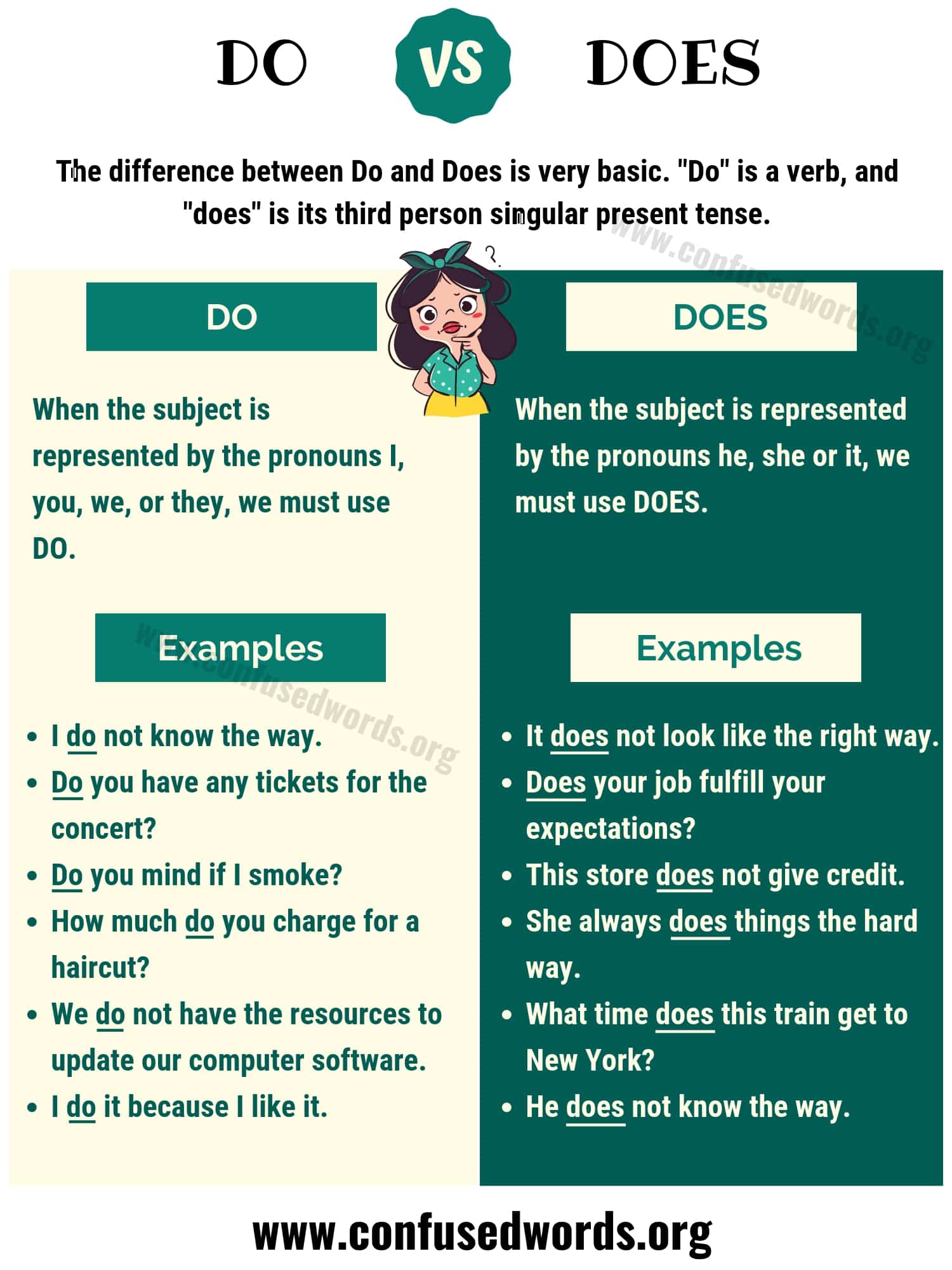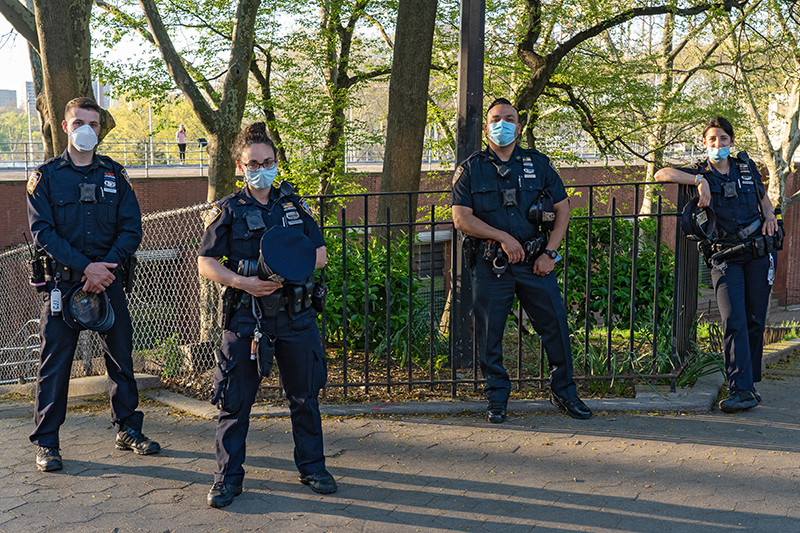Why Environmental Sculpture Sparks Debate Among Art Scholars
Introduction: The Debate Over Environmental Sculpture
Environmental sculpture, a movement where art interacts directly with natural landscapes, stands at the crossroads of aesthetics, ethics, and environmental activism. Academic debate about its status as a legitimate form of art is ongoing, as scholars grapple with questions about its impact, value, and role in promoting awareness or causing harm. This article explores why environmental sculpture is so hotly debated, focusing on the key issues that fuel scholarly discussion and what this means for artists, audiences, and the environment itself.
Ethical Dilemmas: Art Versus Environmental Impact
One of the central debates concerns the ethical implications of modifying natural landscapes for artistic purposes. Some scholars argue that environmental sculpture, particularly large-scale Earthworks, can inflict ecological damage by altering habitats, consuming resources, or even introducing pollutants. Michael Auping noted that such art “cannot be ecologically neutral” because it physically interacts with the landscape in ways that may be harmful [1] . This has led to criticism from environmentalists and ethicists who emphasize the intrinsic value of nature-arguing that nature should be preserved for its own sake, not manipulated for human expression.

Source: pacificutilityaudit.com
Conversely, some scholars defend environmental art using an
instrumental value
approach, suggesting that if the artwork raises awareness or enhances public appreciation for the environment, its benefits may outweigh its ecological costs. This cost-benefit analysis framework is common in environmental ethics, yet it remains controversial because it risks justifying harm for the sake of aesthetics or education
[1]
.
For example, the work of artists like Christo and Jeanne-Claude, whose massive installations often alter landscapes temporarily, has generated heated debate. While some appreciate their art’s ability to provoke thought and dialogue, others question whether the environmental disruption is justified, especially when safety incidents occur [2] .
Aesthetic Value: Redefining Art and Nature
Another reason environmental sculpture is debated is the challenge it poses to traditional definitions of art and aesthetics . Unlike conventional sculpture, which is often displayed in galleries and museums, environmental sculpture exists outdoors and is subject to weather, decay, and public interaction. This raises questions about permanence, authorship, and the boundaries between art and nature [5] .
Some scholars embrace this blurring of boundaries, arguing that environmental sculpture offers a relational and immersive experience that engages audiences physically and emotionally. Others, however, remain skeptical, viewing such works as lacking the intentionality, craftsmanship, or permanence that traditionally define great art. These disagreements are not merely academic; they affect how environmental sculpture is funded, exhibited, and conserved.
Case studies, such as Robert Smithson’s “Spiral Jetty,” showcase the monumental scale and ambition of environmental sculpture, but also highlight the complexities of maintenance, documentation, and interpretation over time [1] .
Activism and Education: Art as a Catalyst for Social Change
Many environmental artists see their work as a form of activism, using art to raise awareness about climate change and environmental degradation. This activist dimension is another source of debate. Some scholars argue that environmental sculpture is effective in shaping public attitudes and encouraging pro-environmental behavior [4] . For example, interdisciplinary projects like “When Earth Speaks” combine scientific data and artistic expression to highlight the environmental significance of soil and carbon sinks, fostering a deeper connection between audiences and the natural world [3] .
However, not all scholars agree on the efficacy or appropriateness of using art as a tool for education or activism. Critics claim that the impact of such works is difficult to measure and that some projects may alienate audiences or oversimplify complex issues. Further, the line between activism and art can blur, leading to questions about the primary purpose and value of the work.
Implementation Guidance: Engaging with Environmental Sculpture
If you are interested in exploring or creating environmental sculpture, consider the following step-by-step framework, grounded in scholarly debate:
- Research Local Regulations and Environmental Impact : Before initiating a project, consult local environmental agencies, conservation organizations, and landowners. Assess the potential ecological effects of your work, and seek guidance on minimizing harm.
- Engage Stakeholders : Collaborate with community members, scientists, and environmentalists. Diverse perspectives can help ensure your project is both meaningful and responsible.
- Incorporate Multidisciplinary Approaches : Combine artistic vision with scientific data, as seen in projects like “When Earth Speaks.” This can lead to richer, more impactful work that resonates with a broader audience.
- Plan for Sustainability : Use materials and methods that minimize ecological disruption. Consider temporary installations or works that can be removed without lasting harm.
- Document and Reflect : Maintain thorough records of your process, impact assessments, and community feedback. Reflection can inform future projects and contribute to the academic debate.
For those seeking to experience environmental sculpture, you can visit public installations in parks, nature reserves, and urban spaces. Contact local art councils or university art departments to learn about guided tours or educational programs. If you’re interested in academic research, searching for “environmental sculpture” or “earthworks” in scholarly databases will yield articles and case studies from multiple perspectives.
Challenges and Solutions: Navigating the Controversy
Environmental sculpture faces unique challenges, including:
- Regulatory Hurdles : Obtaining permits and ensuring compliance with environmental laws can be complex. To address this, artists should work closely with legal advisors and environmental authorities from the outset.
- Public Perception : Not all audiences appreciate or understand the intent behind environmental art. Clear communication and educational outreach can help bridge this gap.
- Maintenance and Longevity : Outdoor installations deteriorate over time, raising questions about conservation and legacy. Artists and curators may need to accept impermanence as part of the work or allocate resources for ongoing care.
Alternative approaches include creating digital or virtual environmental art, which can raise awareness without physical intervention, or focusing on restorative projects that actively improve habitats as part of the artwork.
Key Takeaways
Environmental sculpture continues to challenge and expand our understanding of art, nature, and ethics. The debate among academic scholars is a sign of its relevance and complexity, reflecting diverse values, priorities, and visions for the future. Whether as a tool for activism, a catalyst for education, or a site for aesthetic contemplation, environmental sculpture invites us all to reconsider our relationship with the world around us.

Source: juicyfreeware.weebly.com
References
- [1] Itoh, Takako (2016). On “Is Environmental Art an Aesthetic Affront to Nature?”
- [2] The New York Times (1991). Christo Umbrella Crushes Woman.
- [3] Aberystwyth University (2025). Using Art to Inform the Environmental Debate.
- [4] University of Vermont (2018). An Artist’s Perspective on Environmental Sustainability.
- [5] FIELD (2021). Environmental Artworkers.
MORE FROM 9scholarships.de













